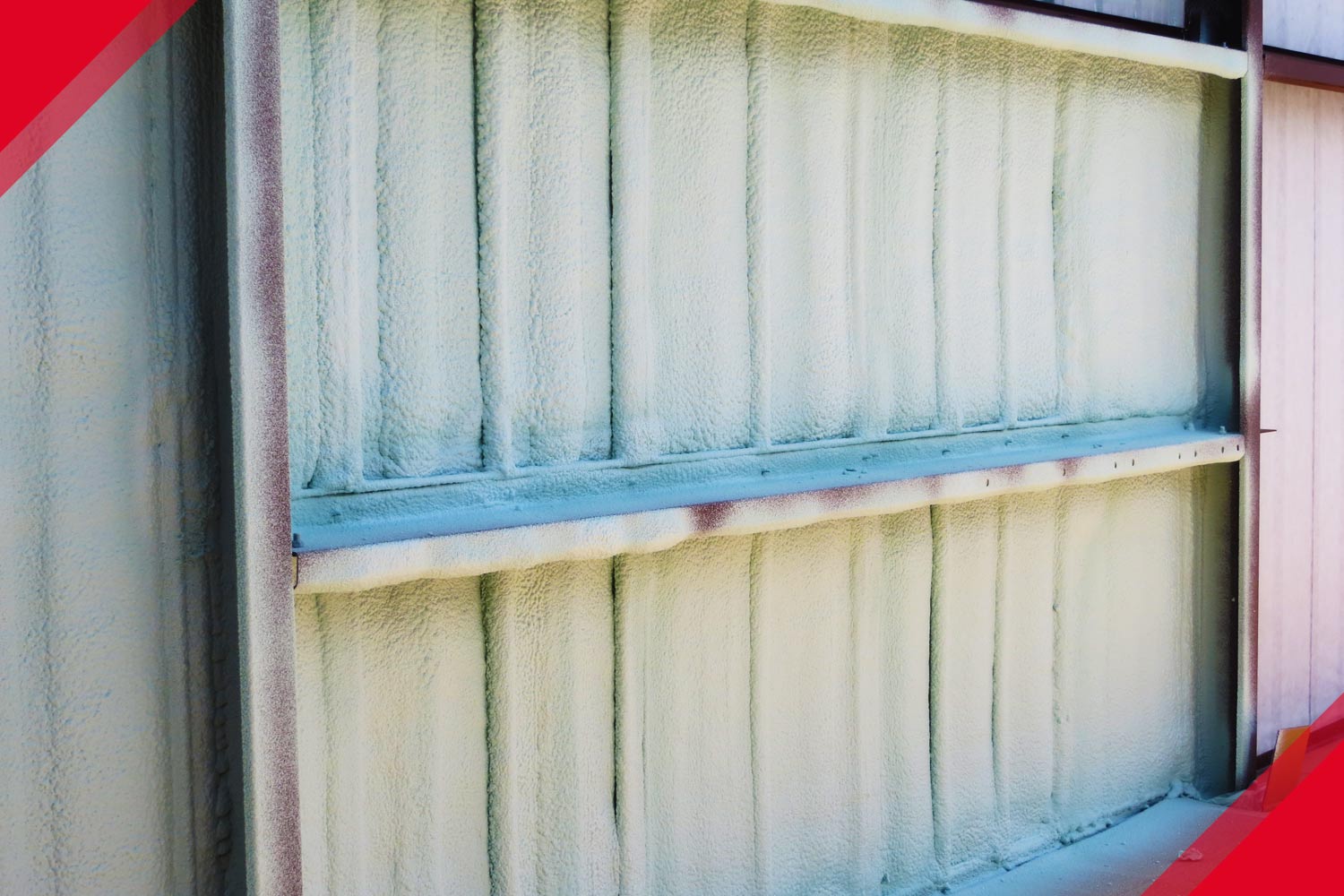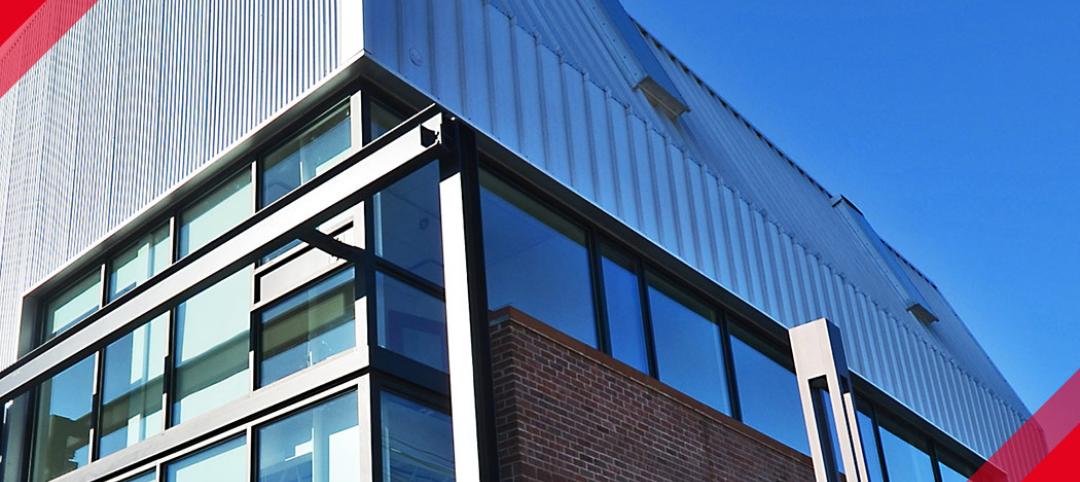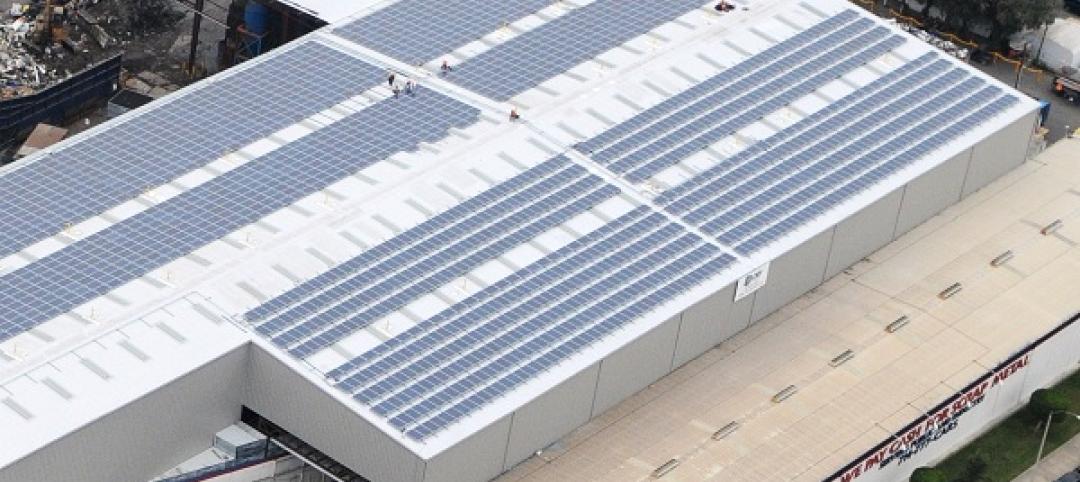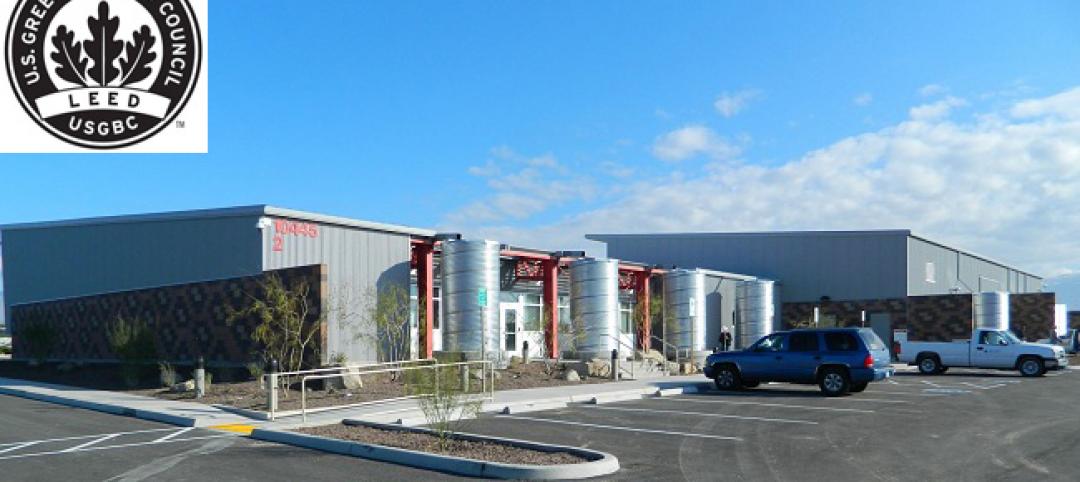Over the last few years, I’ve been asked many questions about the use of spray and board foam plastic insulation in metal buildings. There is little doubt that the use of foam plastic insulation in metal building exterior roof and wall assemblies is on the rise. This has been driven by several factors, including:
- Increased minimum performance thresholds in the newer building energy efficiency codes
- Decreased rated capacity of fiberglass systems in the newer building energy efficiency codes
- Lower cost of foam plastic insulation created by increasing competition
- Increased popularity and affordability of spray foam systems
However, simply substituting R-value-for-R-value of insulation systems cannot be done. Many complications to the metal building envelope design are introduced when foam plastic insulation is used. Examples of these include:
- Special fire protection requirements
- Implications to structural design of secondary framing
- Installation challenges, particularly with through-fastened roofs
- Difficulty in evaluating in-place performance levels (i.e., U-factor determination)
- Thermal expansion and contraction concerns (particularly with spray-foam)
This is just to name a few. The first point is of primary consideration and will be the subject of the remainder of this blog. Structural issues will be addressed in a future entry. But before we get into this, it’s important to remember that occupant safety is the absolute highest priority consideration in building design. While thermal performance is important, nothing can compromise occupant safety and fire protection sits atop the list with structural capacity as a close second.
More from Author
Bob Zabcik | May 3, 2017
Steel protection methods
There are robust, well-proven ways to protect steel so it can perform up to its potential virtually indefinitely.
Bob Zabcik | Jul 27, 2016
Metal Roofs Have Solar Advantage
A large roof can become a resource that saves significant money on energy consumption and helps reduce emissions of CO2 and it turns out metal roofs make excellent hosts for solar panels.
Bob Zabcik | Dec 23, 2015
Taking the LEED in Construction
LEED is a rating system that allows a building to score points for doing things more sustainably, in a variety of ways. There are different kinds of LEED points that relate to materials, energy consumption, jobsite sustainability, and more.
Bob Zabcik | Apr 25, 2014
A radiant barrier FAQ: Everything you wanted to know but were afraid to ask
There are many examples of materials developed for the space program making their way into everyday life and radiant barriers are just that. SPONSORED CONTENT
Bob Zabcik | Jan 12, 2014
The ‘fuzz factor’ in engineering: when continuous improvement is neither
The biggest threat to human life in a building isn’t the potential of natural disasters, but the threat of human error. I believe it’s a reality that increases in probability every time a code or standard change is proposed.











